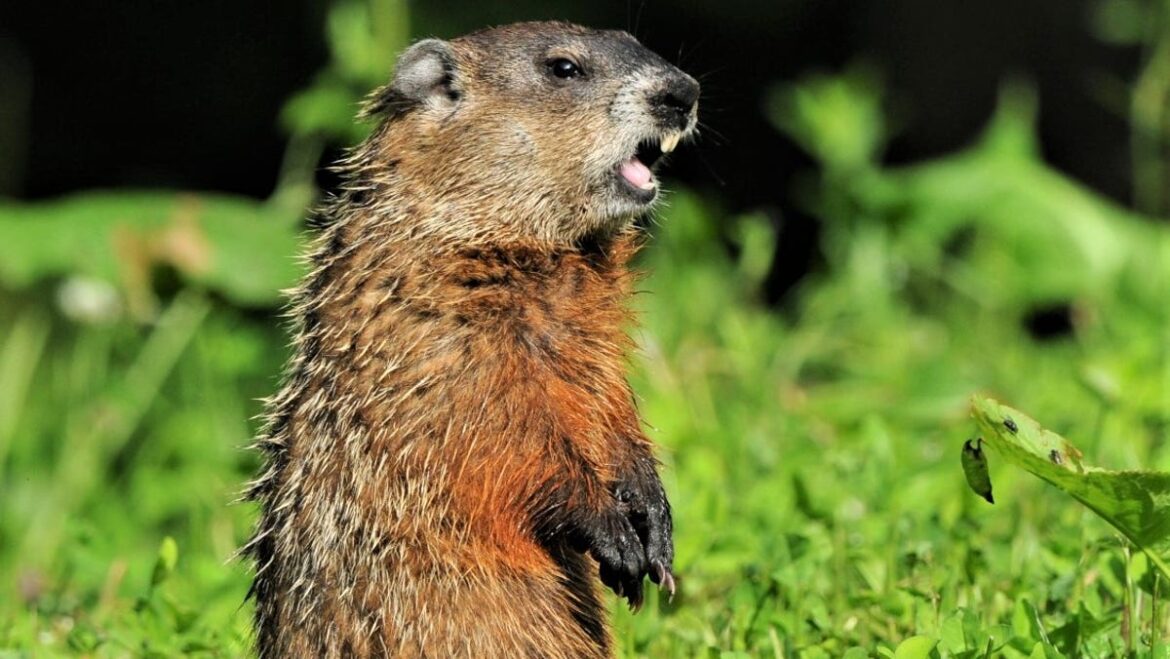Tending to a home or community garden is a great way to get some exercise, enjoy fresh air and put healthy food on the table.
But there could be competition for that bounty.
Squirrels, chipmunks, groundhogs (woodchucks), rabbits and white-tailed deer are all common “garden vandals” in Massachusetts, according to Nicole McSweeney, assistant director of outreach and education at the Massachusetts Department of Fisheries and Wildlife (MassWildlife).
Various bird species have also been known to visit gardens to endulge in seeds and fruit.
Once any form of wildlife locates a hearty food source, they will come back for more, McSweeney said.
“Generally, wildlife is not picky when it comes to snacking on our gardens,” she said. “While each species may have their preferences, lettuce, beans, peas, corn, cucumbers, tomatoes, zucchini, berries, flowers and more can all be eaten by wildlife.”
MassWildlife scientists recently issued the following tips for protecting your garden:
Put up a fence
The best way to prevent damage from wildlife is to physically exclude them. A 3-foot-tall metal mesh fence, buried at least 1 foot down and 1 foot out in an L-shape can help keep out rabbits, groundhogs and others.
If rabbits are the problem, make sure mesh holes are ¼-inch or smaller.
Groundhogs are surprisingly agile, so it’s suggested to use electric wire 4 to 5 inches off the ground and 4 to 5 inches from the fence, powered by an approved fence charger, to prevent them and other squirrel species from climbing over.
For deer, wire mesh fencing must be at least 8 feet high with an overhang to discourage them from jumping over. Eight-foot-tall electric fencing, regularly baited with peanut butter on tin foil, can also be used.
Close off potential shelter
Prevent wildlife from taking shelter in places nearby such as underneatjh porches, sheds and walkways. Be careful when blocking up holes and crevices, and make sure an animal is not trapped inside. Cut back overgrown grass and brush.
Scent-based repellents
While cayenne pepper, soap shavings or predator urine are often to ward off wildlife, according to MassWildife, they do not appear to be successful on their own. They also require refreshing — which can get expensive.
Scare tactics
MassWildlife said animals that damage gardens can be scared off fairly easily. Shoo them away by walking toward them and making noise — shouting or clapping — or spraying water in their direction. Other suggestions include placing shiny pinwheels, plastic streamers, hanging metal pie pans or erecting scarecrows.
Motion-activated moving statues like owls, predator eye balloons or even Halloween decorations can also be effective. Motion-activated sprinklers are a good deterrent for deer, which often come out at night.
Move these items around the garden or yard every few days, so that wildlife doesn’t become too accustomed to them and no longer find them a threat.
Remove other food sources
Bird feeders, outdoor pet dishes and barbecue grills can also attract wildlife, including mice, squirrels, chipmunks, racoons, opossums, skunks and turkeys. Once in the yard, it won’t be long before these animals discover the garden. Feed pets indoors or clean up immediately after feeding them outside. Make sure outdoor grills are cleaned and all traces of food are disposed of in secure containers.
MassWildlife also recommends creating a bird-friendly area without bird feeders.
Don’t forget the chicken coop
According to MassWildlife, the killing of unprotected chickens and damage to coops is becoming the top source of human-wildlife conflict. A standard chicken coop will not prevent damage from wildlife. MassWildife suggests that in order to protect chickens, properly maintained electric fencing must be installed.
Should wildlife be relocated?
Before relocating wildlife off your property, understand that it’s not only ineffective but illegal.
“MassWildlife receives reports of garden damage from wildlife every spring and summer, and this year is no different,” McSweeney said. “This is the time of year when wildlife can be more active and caring for their young, so it’s no surprise that animals are visible and looking for food and shelter — sometimes in our yards, right now.”
There is no single, perfect solution to preventing garden damage from wildlife, she added.
“It’s often a mixture of effective approaches and some creativity that yields the best results,” McSweeney said.

